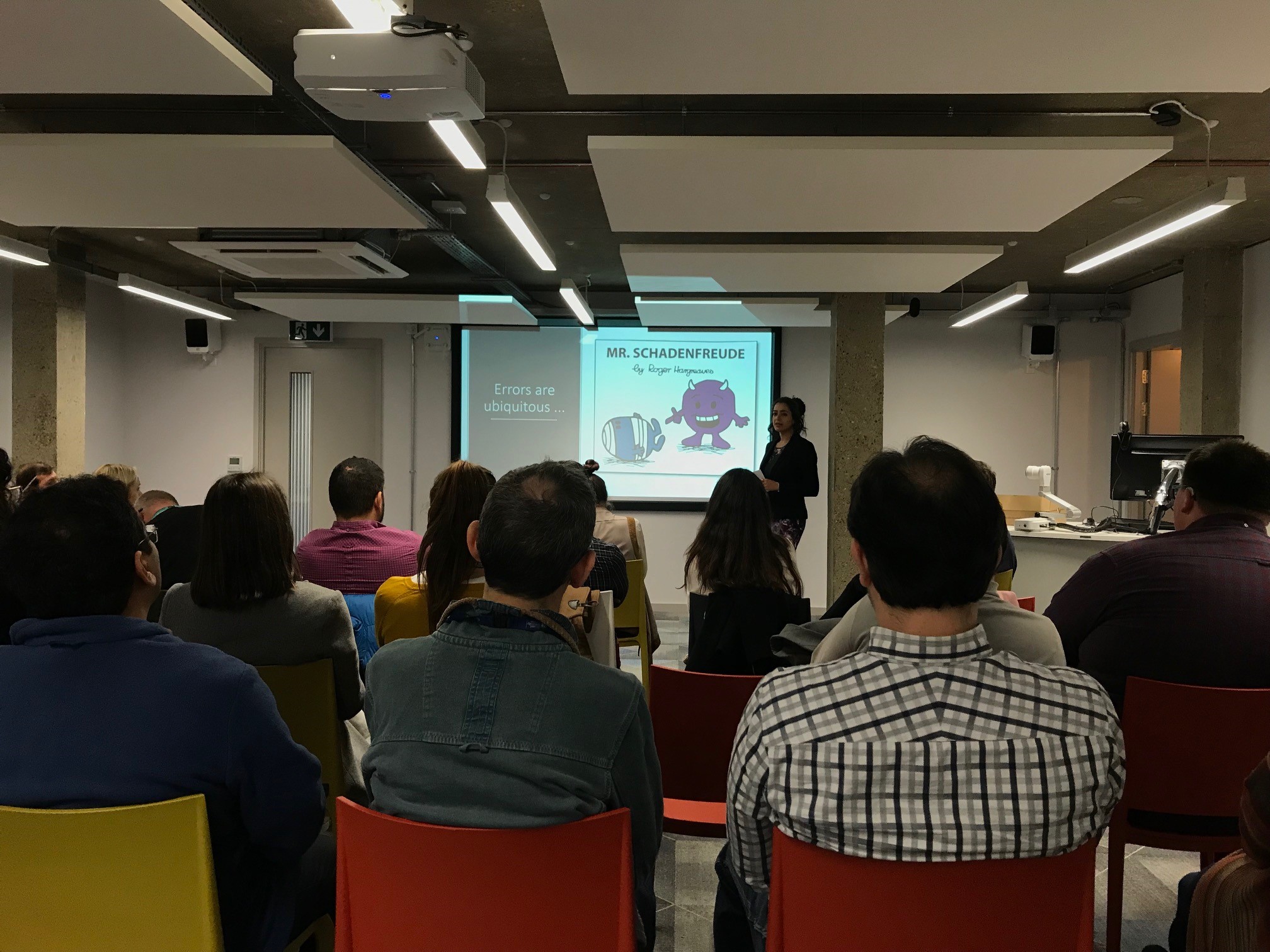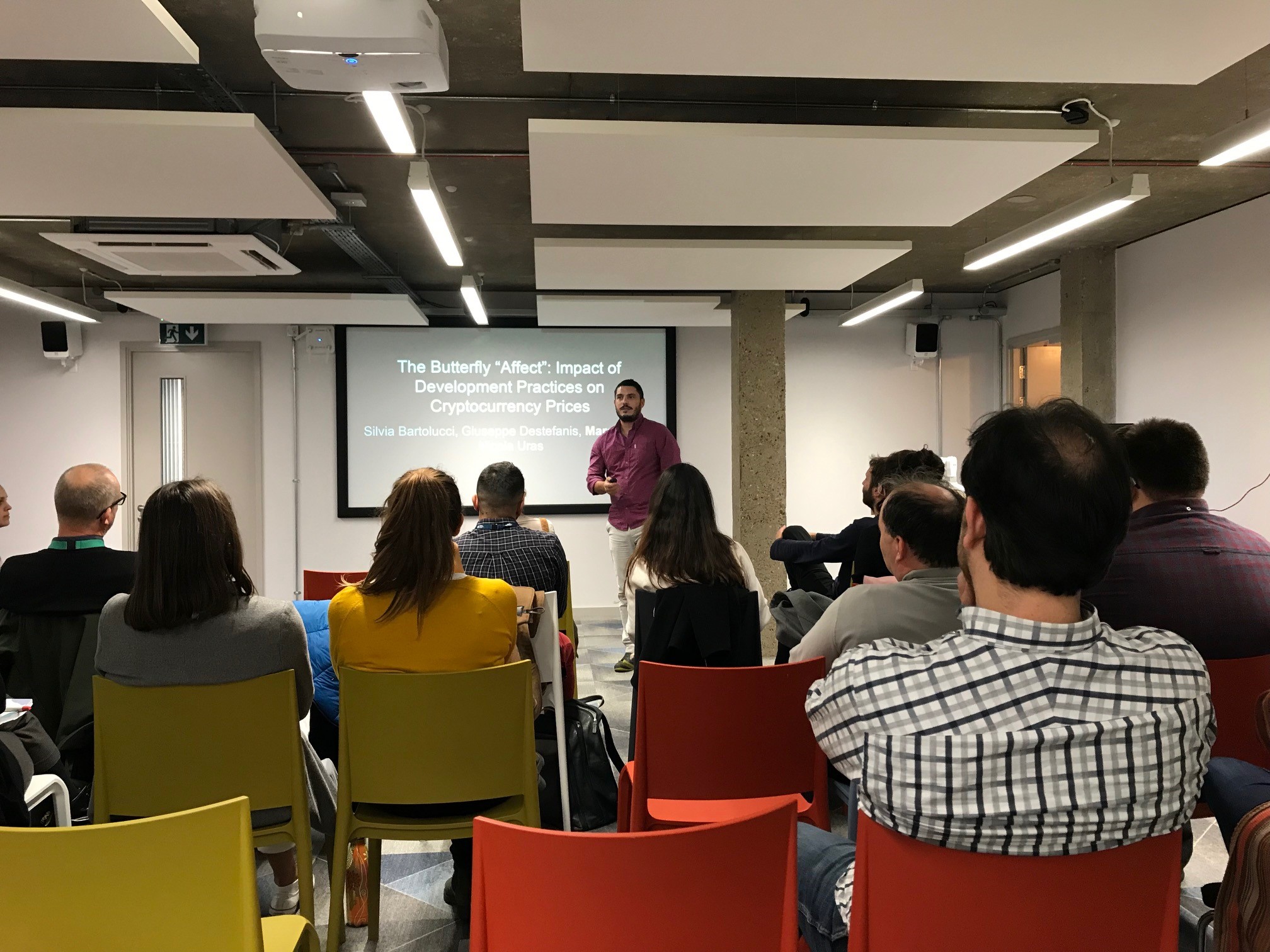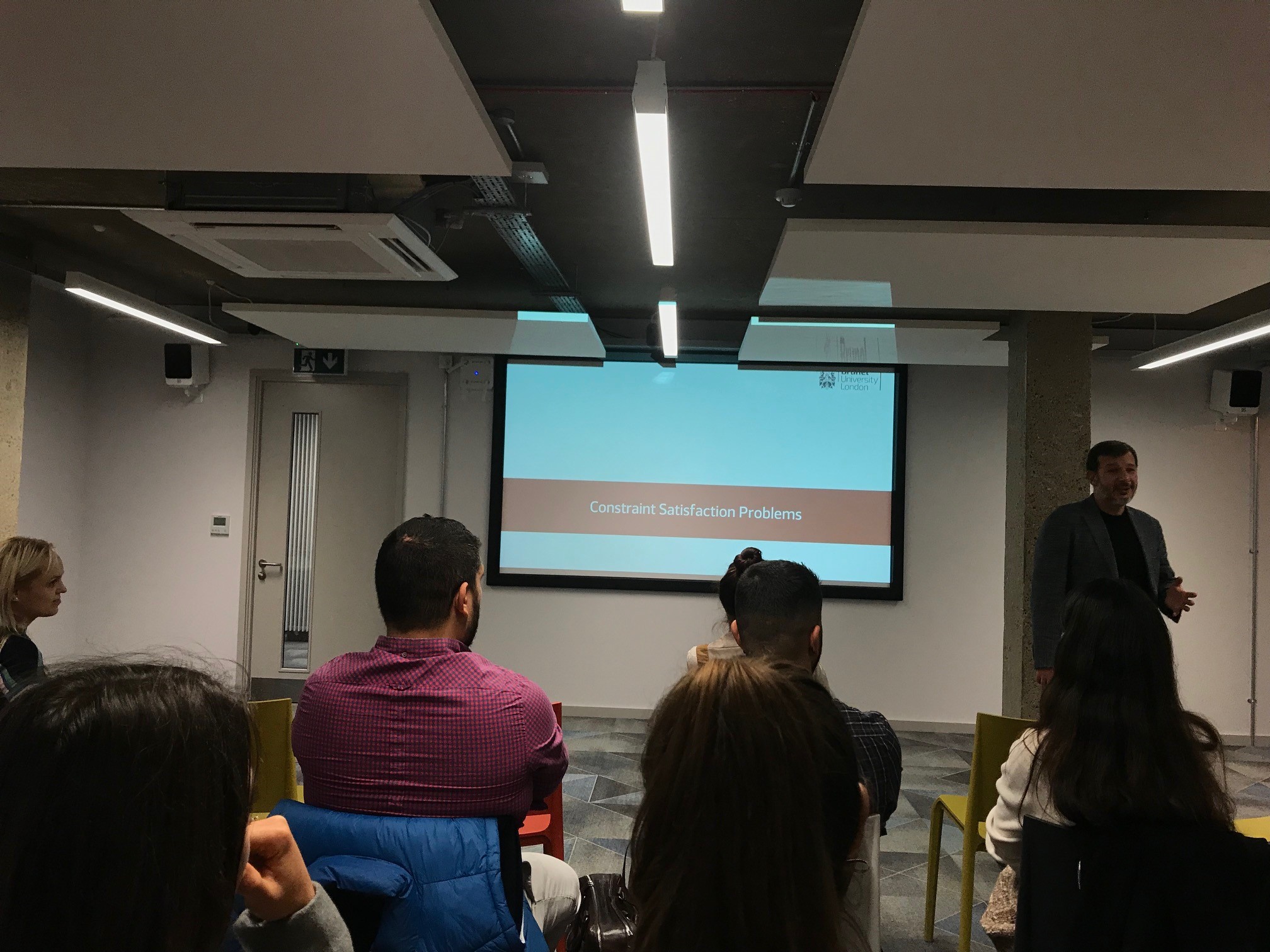Congratulations to the following for their recent paper acceptance!
Biraja Ghoshal and Allan Tucker, “On Cost-Sensitive Calibrated Uncertainty in Deep Learning: An application on COVID-19 detection” to IEEE CBMS 2021
Seyed Erfan Sajjadi and Allan Tucker, “Exploiting Clinical Staging Data to Constrain Pseudo-Time Modelling of Disease Progression” to IEEE CBMS 2021
Ben Evans and Allan Tucker
Evans B.C., Tucker A., Wearn O.R., Carbone C. (2021). Reasoning About Neural Network Activations: An Application in Spatial Animal Behaviour from Camera Trap Classifications. In: Koprinska I. et al. (eds) ECML PKDD 2020 Workshops. ECML PKDD 2020. Communications in Computer and Information Science, vol 1323. Springer, Cham. https://doi.org/10.1007/978-3-030-65965-3_2
Lianghao Han
Zhihao Dai, Zhong Li and Lianghao Han. (2021). BoneBert: A BERT-based Automated Information Extraction System of Radiology Reports for Bone Fracture Detection and Diagnosis, IDA 2021.
Yue Shi, Liangxiu Han, Wenjiang Huang, Sheng Chang, Yingying Dong, Darren Dancey, Lianghao Han. (2021). A Biologically Interpretable Two-stage Deep Neural Network (BIT-DNN) For Vegetation Recognition From Hyperspectral Imagery, 10.1109/TGRS.2021.3058782, IEEE Transactions on Geoscience and Remote Sensing, IDA 2021.
Biraja Ghoshal and Allan Tucker
Ghoshal, B. and Tucker, A. (2021) Hyperspherical Weight Uncertainty in Neural Networks, IDA 2021.
Bjaveet Nagaria, Ben Evans, Ashley Mann and Mahir Arzoky (2021). ‘Using an Instant Visual and Text Based Feedback_Tool to Teach Path Finding Algorithms A Concept’.SEENG 2021 Third International Workshop on Software Engineering Education for the Next Generation. Virtual.
Biraja Ghoshal, Bhargab Ghoshal, Stephen Swift, Allan Tucker (2021). “Uncertainty Estimation in SARS-CoV-2 B-cell Epitope Prediction for Vaccine Development”, AIME 2021
Biraja Ghoshal, Stephen Swift, Allan Tucker (2021). Bayesian Deep Active Learning for Medical Image Analysis, AIME 2021




